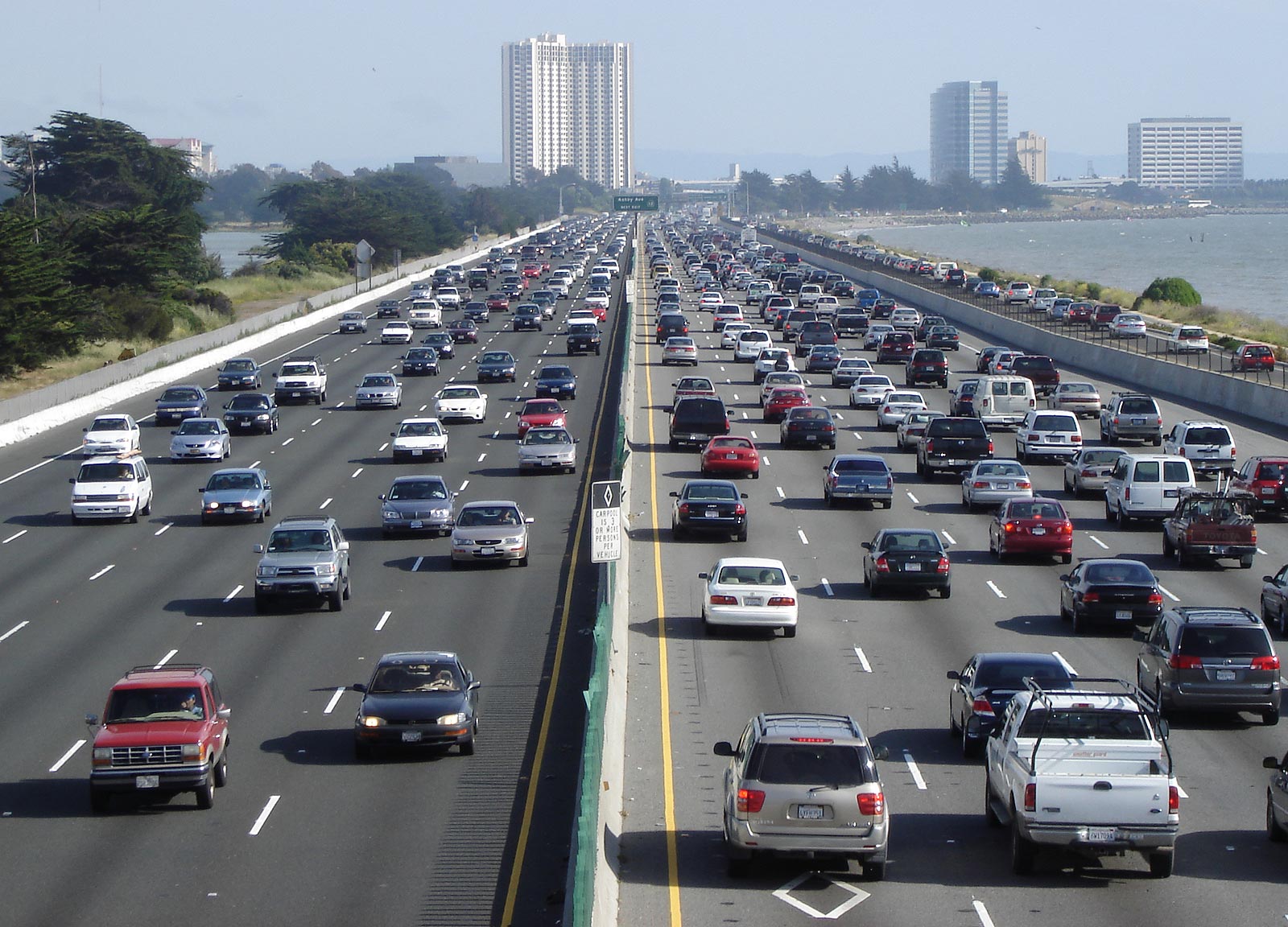
What will America’s roads and highways look like in the future?
The New Jersey Institute of Technology has been looking into the future to see how roads and highways will change over the next few years, and found a significant proportion of roadways in a poor state.
Across the United States, says the NJIT, there are more than 4 million miles of public roadways, and 28 percent are listed as being in “poor condition”.
Throughout those roadways, 61,000 bridges are considered “structurally deficient”.
On top of the needs for rebuilding US roadways, 42 percent of America’s major urban highways remain congested, which costs an estimated $101 billion in wasted time and fuel annually.

The NJIT says that in order to improve US roadways, the nation would have to invest $3.6 trillion, which could save resources and create jobs and safer roads.
So, the NJIT researchers wondered: What will America’s roads and highways look like in the future?
And here are a few of their ideas:
Glow in the dark roadways: Roads will be marked using photo-luminescing powder that “charges” during the day and glows green for eight hours every night. It’s being tested on the N329 highway in Oss, Netherland.
Advances in car-to-car communication: Cars equipped with electronic communications will be able to sense one another and adjust automatically to maintain safe distances on a large scale. Legal speeds could increase to above 90 miles an hour.
Solar Roadways: Imagine a highway with solar panels made out of glass, complete with LEDs and microprocessors. But why glass? Well, it’s renewable, environmentally friendly, and strong, and the smart surface can be engineered to detect debris falling on the roadway as well as melt snow.
Reengineered Bridges: Civil engineers are pursuing advances in bridge technology by using new materials and recycling old ones that are more affordable and better for the environment.
Self-driving cars: Google says its driverless cars have already driven more than 1.5 million miles, and according to Chris Dixon, a partner at Andreessen Horowitz, driverless cars will fill the roads within 10 years, but if you live in certain areas, they will be on the road in two.
